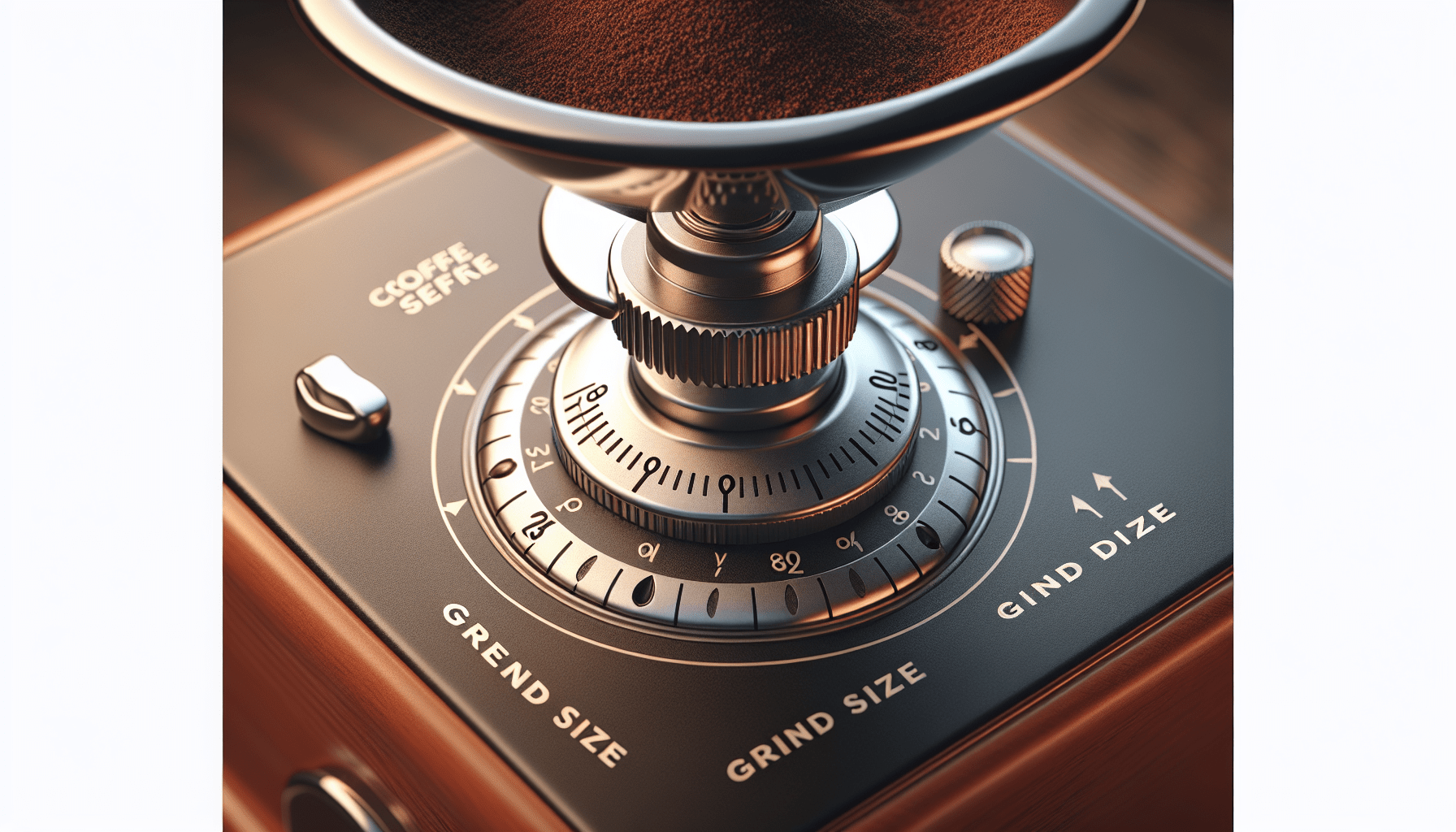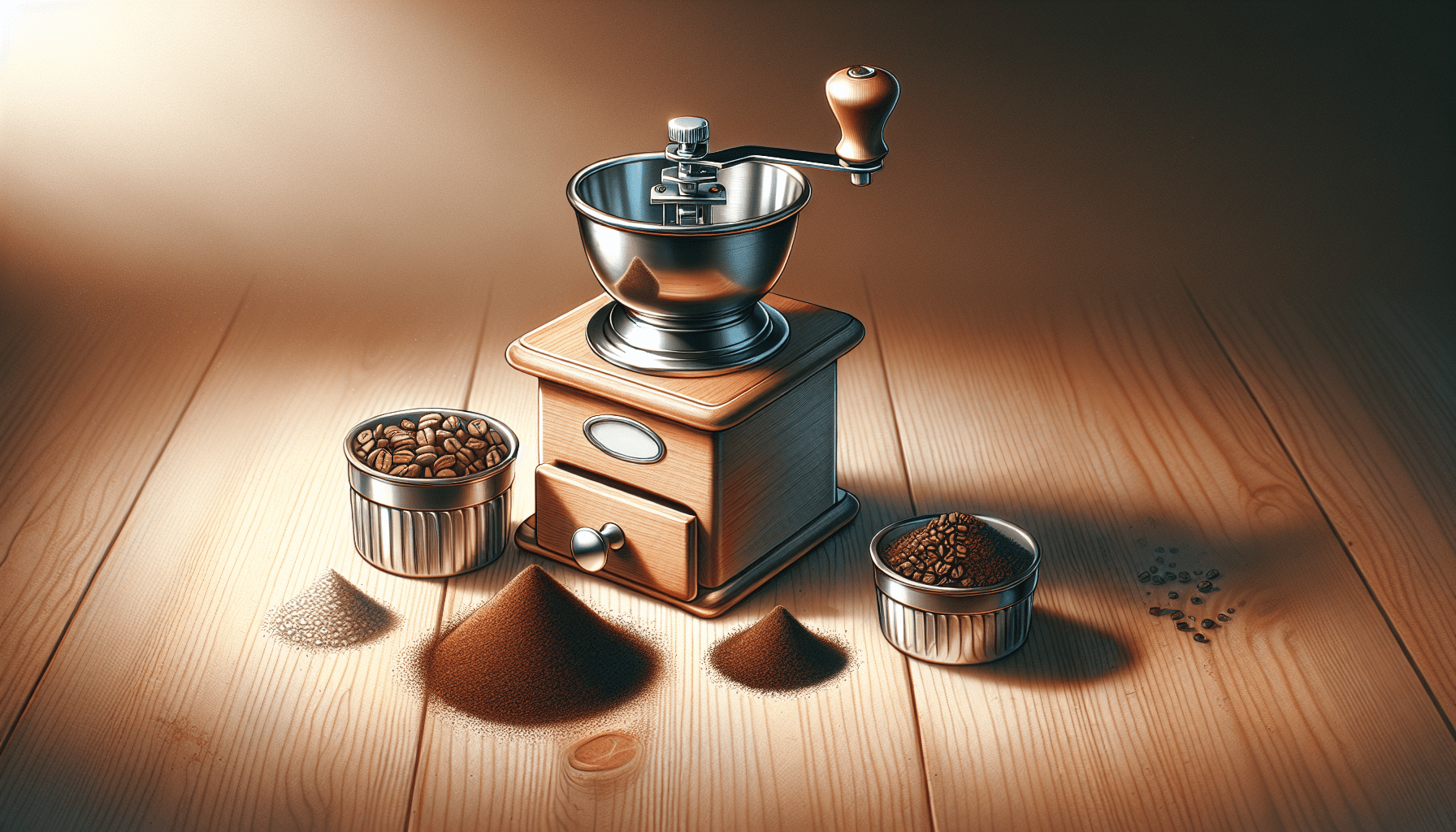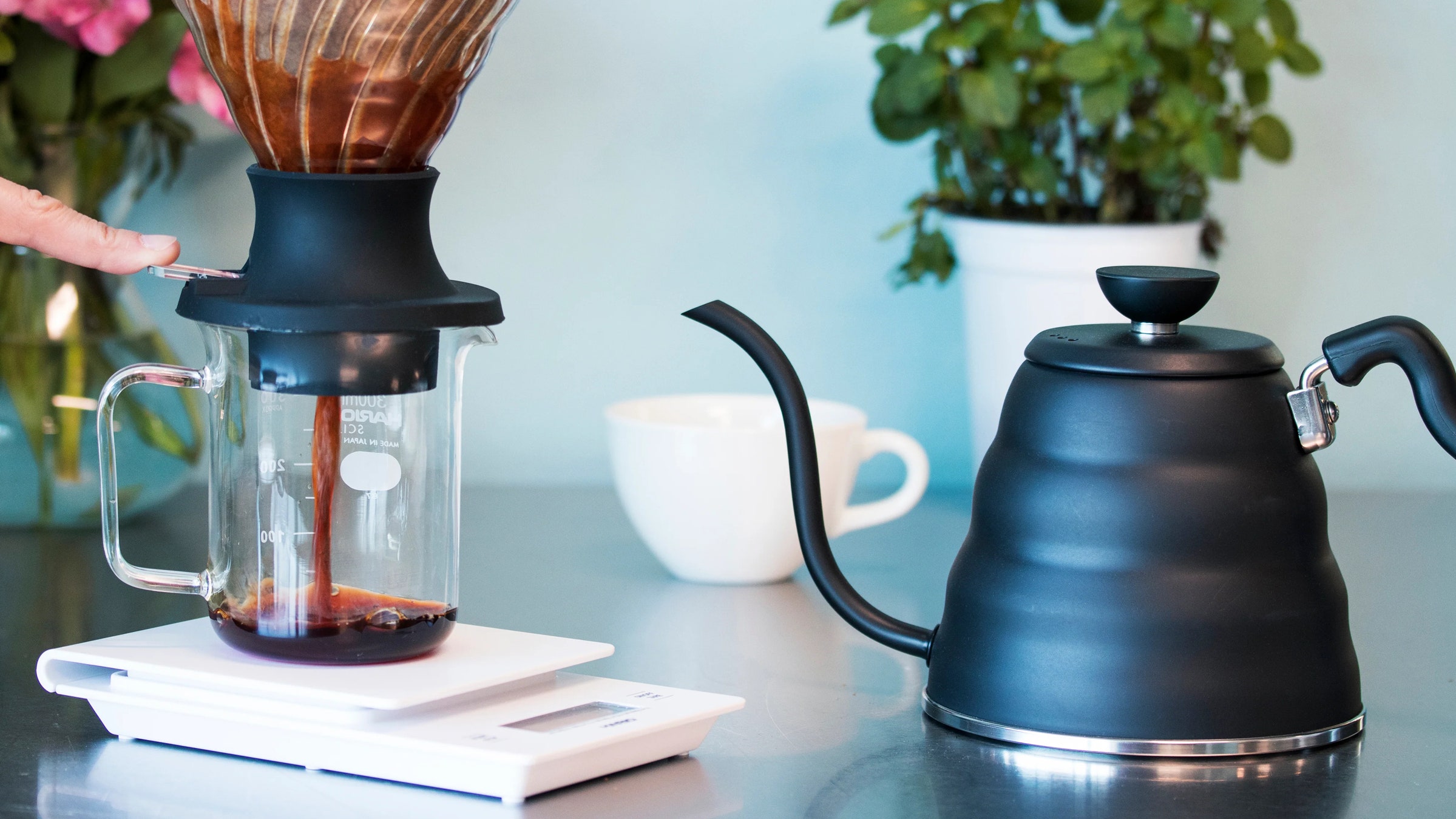Hey there! If you’re wondering how to perfect your pour-over coffee game, adjusting the grind size is key. Finding the right grind size for your pour-over coffee maker can make a huge difference in the taste and quality of your brew. With just a few simple adjustments, you’ll be on your way to brewing the perfect cup of coffee every time. Let’s dive in and learn how to adjust the grind size for a pour-over coffee maker! How Do I Adjust The Grind Size For A Pour-over Coffee Maker?
Hey there coffee enthusiast! Are you struggling to get that perfect cup of pour-over coffee because of inconsistent grind size? Don’t worry, I’ve got you covered. In this guide, I will walk you through everything you need to know about adjusting the grind size for your pour-over coffee maker. Let’s dive in!
Understanding the Importance of Grind Size
Getting the grind size right is crucial when it comes to making pour-over coffee. The grind size affects the rate of extraction, which ultimately impacts the flavor profile of your coffee. If the grind size is too fine, the water will not flow through the grounds properly, resulting in over-extraction. On the other hand, if the grind size is too coarse, the water will flow through too quickly, leading to under-extraction.
Adjusting the grind size allows you to control the extraction process and tailor it to your preferences. By making small adjustments to the grind size, you can fine-tune the flavors in your cup of coffee and achieve the perfect balance.
Different Grind Sizes for Pour-over Coffee
When it comes to pour-over coffee, there are three main grind sizes that you need to be familiar with: fine, medium, and coarse. Each grind size has its own set of characteristics and is suited for different methods of brewing. Here’s a breakdown of what each grind size looks like and how it affects the extraction process:
- Fine Grind: Fine grind size resembles table salt or finer. This grind size is used for methods like espresso and Turkish coffee, where the water passes through the grounds quickly.
- Medium Grind: Medium grind size is similar to sand or granulated sugar. This grind size is commonly used for pour-over methods like V60 and Chemex, providing a balanced extraction.
- Coarse Grind: Coarse grind size is akin to sea salt or breadcrumbs. This grind size is ideal for immersion methods like French press, where the water has more contact time with the grounds.
Understanding the characteristics of each grind size will help you choose the right one for your pour-over coffee maker and achieve the desired flavor profile in your cup.
Tools You Need to Adjust Grind Size
Before you start adjusting the grind size for your pour-over coffee maker, you’ll need the right tools to help you get the job done. Here are some essential tools that you should have on hand:
- Coffee Grinder: A quality burr grinder is essential for adjusting the grind size accurately. Burr grinders offer more precision and consistency compared to blade grinders, allowing you to dial in the perfect grind size for your pour-over coffee.
- Coffee Scale: A digital coffee scale is a handy tool for measuring the coffee grounds accurately. Using a scale ensures that you maintain a consistent coffee-to-water ratio, which is essential for a balanced extraction.
- Timer: A timer is useful for keeping track of the brewing time during the pour-over process. Consistent brew times help achieve a consistent flavor profile in your coffee.
Having these tools at your disposal will make it easier for you to adjust the grind size and fine-tune your pour-over brewing process.
Adjusting Grind Size for Your Pour-over Coffee Maker
Now that you have a good understanding of the importance of grind size and the tools you need, let’s dive into the steps for adjusting the grind size for your pour-over coffee maker. Follow these simple steps to achieve the perfect grind size for your pour-over brew:
Step 1: Start with a Medium Grind Size
If you’re unsure about the grind size to use for your pour-over coffee maker, it’s best to start with a medium grind size. A medium grind size is versatile and works well with most pour-over methods, providing a balanced extraction.
Step 2: Brew a Test Batch
Brew a test batch of coffee using the medium grind size you’ve chosen. Pay attention to the flavor profile and adjust the grind size based on your taste preferences. If the coffee tastes too bitter or sour, you may need to adjust the grind size coarser or finer, respectively.
Step 3: Fine-tune the Grind Size
Make small adjustments to the grind size and brew another test batch of coffee. Keep track of your adjustments and the resulting flavor profile to determine the optimal grind size for your pour-over coffee maker. Fine-tune the grind size until you achieve the desired balance of flavors in your cup of coffee.
Step 4: Note Your Settings
Once you’ve found the perfect grind size for your pour-over coffee maker, be sure to note down your settings for future reference. This way, you can easily replicate the same grind size and flavor profile in your future brews.
By following these steps and experimenting with different grind sizes, you’ll be able to dial in the perfect grind size for your pour-over coffee maker and enjoy a delicious cup of coffee every time.
Troubleshooting Common Issues with Grind Size
Adjusting the grind size for your pour-over coffee maker can sometimes be tricky, especially if you encounter common issues along the way. Here are some troubleshooting tips to help you overcome common problems when adjusting the grind size:
Issue 1: Coffee Tastes Bitter
If your coffee tastes bitter, it may be a sign of over-extraction, which could be caused by a grind size that is too fine. To remedy this, adjust the grind size coarser to slow down the extraction process and reduce bitterness in your coffee.
Issue 2: Coffee Tastes Sour
On the other hand, if your coffee tastes sour, it may indicate under-extraction, which could be due to a grind size that is too coarse. Dialing in a finer grind size will increase the extraction and bring out more balanced flavors in your cup of coffee.
Issue 3: Uneven Extraction
Uneven extraction can occur when the grind size is inconsistent, leading to varying flavors in your coffee. Make sure to calibrate your grinder properly and use a consistent grind size to achieve a uniform extraction and a well-balanced cup of coffee.
Issue 4: Clogging or Slow Flow Rate
If the water is clogging or flowing too slowly through the grounds, it may be due to a grind size that is too fine. Adjust the grind size coarser to allow for better flow and prevent clogging during the brewing process.
By troubleshooting these common issues and making the necessary adjustments to your grind size, you’ll be able to overcome any challenges that may arise during the brewing process and achieve a consistent flavor profile in your pour-over coffee.
Final Thoughts
Adjusting the grind size for your pour-over coffee maker is a skill that takes time to master but is well worth the effort. By understanding the importance of grind size, using the right tools, and following the steps outlined in this guide, you’ll be able to achieve the perfect grind size for your pour-over coffee and enjoy a delicious cup of coffee every time.
Experiment with different grind sizes, fine-tune your brewing process, and don’t be afraid to make adjustments until you find the perfect balance of flavors that suits your taste preferences. With practice and patience, you’ll become an expert at adjusting the grind size for your pour-over coffee maker and elevate your coffee brewing experience to new heights. Cheers to delicious pour-over coffee!




